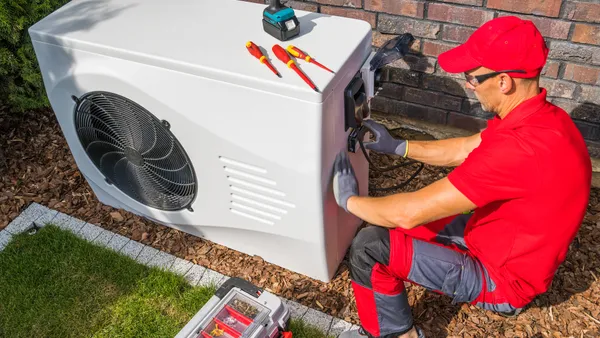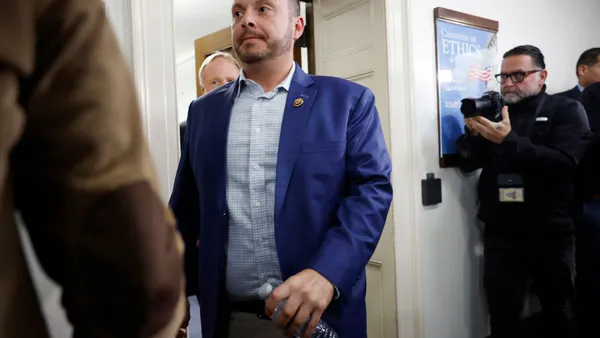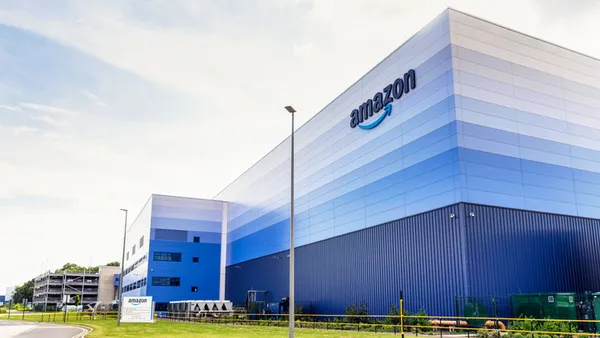Increasing amounts of research indicates utilities have significant potential to help customers reduce their power consumption – but it may require a re-thinking of how “energy efficiency” is talked about.
A new study from KSV, a marketing firm focused on sustainability, finds 86% of homeowners believe the world will be better off because of energy efficiency. But at the same time, less than half invested in energy efficiency measures last year, and just about 19% participate in a utility efficiency program.
The reason for the disparity? According to Rob Niccolai, client group director and a principal at KSV, much of it has to do with knowledge and how utilities have tried to connect with customers in the past.
“Conservation is making a comeback. But it's about behaviors,” Niccolai said. “People are willing to change their behaviors faster than they're willing to pay for technology.”
Face it: Energy efficiency just isn't that sexy of a topic to most people. Consumers generally understand that using less power is good and can help lower their bills, but they are not sure how to go about achieving those reductions. And when it comes time to break out the wallet, to invest in better insulation or lighting, they often balk in favor of more tangible improvements.
“There's a disconnect between energy efficiency and home improvements for customers,” said Niccolai. “It's a completely different thing in their head and that is a relevance we need to connect. It's about what matters and making it relevant.”
But most consumers don't want to spend too much time on energy efficiency issues, which means how utilities reach out becomes vitally important.
“People don't want a lecture on energy efficiency,” said Dave Treston, an analyst who worked on the study. “They want a road map and a guide. If I just give you a bunch of educational material, chances are you're going to stop reading it.”
“We keep hearing that people are tired of being educated. They want to be engaged,” Niccolai echoed. “A lot of the findings here we're looking at from a connection point of view. What message resonates with who, and when?”
KSV echoes other findings
KSV's research joins a growing body that indicates how and when a utility interacts with consumers is vitally important to effecting change in their habits. Earlier this month Opower released a white paper entitled “Moments that Matter,” focusing on how a dozen types of utility-consumer interactions can be leveraged.
By some estimates, the average consumer spends about nine minutes a year talking with their utility. Rather than seeking to grow that amount of time, Opower looked at expanding the engagement and personalization of those moments. Examples might include extreme weather, call center interactions, rate changes, moving into a new home, bill receipt and outages.
“We're not necessarily looking for new moments to engage, but there are natural moments, life events, when these interactions happen,” Opower Director of Consumer Insights Timur Hicyilmaz told Utility Dive.
Opower's research found that in North America utilities spend approximately $5.3 billion annually on customer care, but also that hundreds of millions could be saved through proactive and personalized engagement.
Those ideas were apparent in a pilot program completed recently between Bidgely and Pacific Gas & Electric, where the analytics company returned an almost 8% energy savings and high customer satisfaction with its efficiency and engagement platforms.
“If you think of energy savings like weight loss, it's very hard and it depends on how motivated you are,” Bidgely founder and CEO Abhay Gupta told Utility Dive. The company's software provides targeted insights on how customers can reduce energy use through real-time alerts and high-bill or consumption warnings, and suggestions how to to re-time the use of some appliances to save money.
“We basically help utilities modernize” said Gupta, describing personalized communications through mobile apps, web sites and text messages.
Modernizing, DIY and the unseen improvement
KSV's research found nearly 60% of homeowners say they enjoy home improvement projects, yet just 46% made energy efficiency improvements in the last year. Further, less than 10% rate their homes as very efficient, yet almost two-thirds want a more efficient home.
Those findings are backed up elsewhere as well. Earlier this year, a housing survey completed by the Demand Institute found energy efficiency ranked first among housing concerns — besting safety and kitchens upgrades, which rounded out the top-3.
Niccolai said the discrepancy is probably related to wanting tangible, visual results from home improvements.
“If you've got a couple thousand dollars to put into your home, chances are you're going with granite countertops over insulation in the attic,” he said.
The utility industry could take a lesson from large home improvement stores. “They've done a great job of making DIY a little sexier,” Niccolai said. “It used to be, home repair was about having to do it. Then it became about home improvement."
“Energy efficiency is a hard sell,” he continued. “Lowes and Home Depot and other home improvement places have gone from repair and maintenance to improvements to make your life better. We need to do the same thing with energy efficiency.”
Reaching new markets
As utilities increasingly focus on the customer experience and how to personalize it, the KSV research gives some insight into priorities.
“One word that keeps coming up, especially for younger homeowners, is 'control,'” said Niccolai. Increasingly consumers expect higher levels of information and engagement with the services they consume.
“The financial industry has done it. The cell phone industry has done it. But the utility industry has been slow,” he said.
The survey also revealed significant differences in attitudes towards energy efficiency among different ethnic groups. Some 42% of Hispanics and 40% of African Americans say they are very interested in making their homes more energy efficient. Compare that to only a quarter of Caucasians who make the same claim.
“We know from other sources that Hispanics especially, overall are more conscious around environmental issues,” Treston said, also noting that African Americans suffer asthma at higher rates and are often also acutely attuned to emissions issues.
But he added, “its not just translating your message to a Hispanic audience. It's thinking about what are relevant insights to them. People want to have messaging and marketing that is relevant.”














